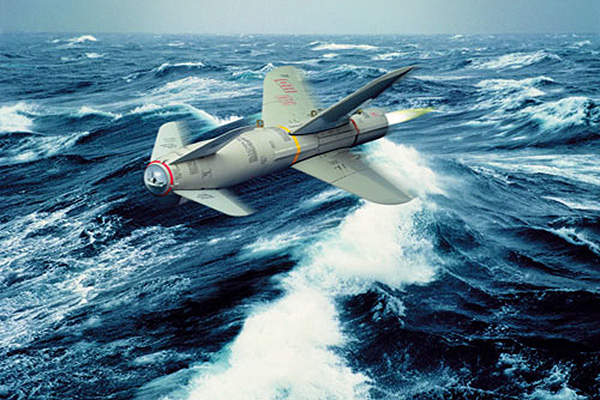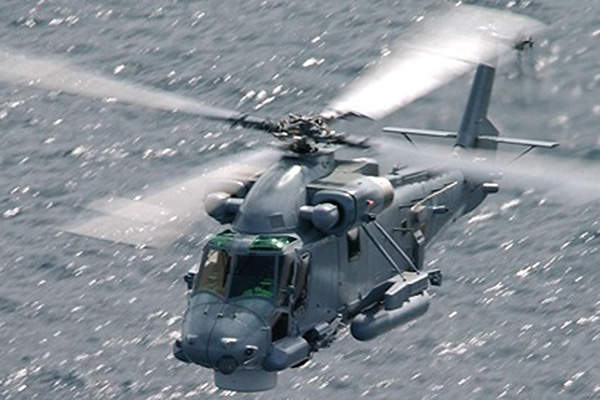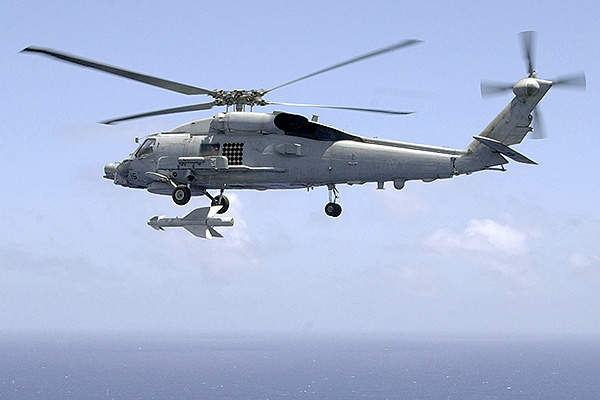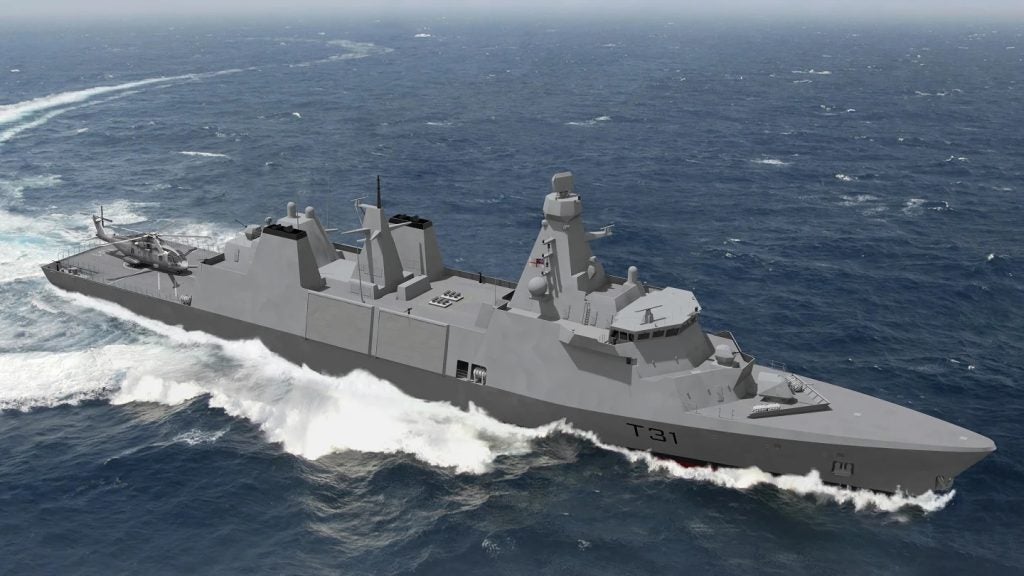Penguin is a leading anti-ship cruise missile developed by Kongsberg Defence & Aerospace, primarily for the Norwegian Navy. The missile was initially deployed on the fast attack boats of Norway in 1972. It is currently the preferred anti-ship missile for most of the naval helicopters in the world.
The highly effective Penguin anti-ship missile can be used in coastal areas as well as in open waters. It is developed in two versions, including ship-launched and air-launched Penguins. The ship-launched version of Penguin missile provides effective interception against most surface combatants.
The Penguin anti-ship missile has been ordered by seven foreign navies across the world.
Penguin missile orders and deliveries
Kongsberg secured a NOK210m ($40.9m) contract in March 2008 to deliver Penguin missiles for the Turkish Navy’s new Sikorsky helicopters.
Kongsberg signed a NOK70m ($10.1m) contract with the Australian Department of Defence in May 2004 to deliver Penguin missiles for the Royal Australian Navy. The missiles were installed on US-made Kaman SH-2G helicopters.
The Brazilian Navy placed a €33m ($42.7m) contract with Kongsberg in September 2012 for Penguin anti-ship missiles and associated equipment for deployment on its new maritime helicopters.
Kongsberg secured a contract from New Zealand Defence Force in November 2013 to deliver Penguin Mk 2 Mod 7 anti-ship missiles and associated equipment. The missiles will be deployed on new Kaman SH-2G Super Seasprite maritime helicopters of the Royal New Zealand Navy (RNZN).
The Penguin anti-ship missile has been in service with the US Navy as AGM-119 since 1993. The air-launched Penguin Mk2 Mod7 version is operational on the SH-70 helicopters of the Hellenic Navy. The Penguin Mk3 variant is deployed on the F-16 Fighting Falcon aircraft of the Royal Norwegian Air Force.
The missiles can also be carried by the Super Lynx and BELL 412EP helicopters.
Penguin anti-ship missile variants
The ship-launched variant of the Penguin is the Penguin Mk2 Mod7N, while the air-launched variants include the Penguin Mk2 Mod7 (named as AGM-119B by the US Navy) and Penguin Mk3 (named as AGM-119A by the US Navy).
The Penguin Mk2 Mod7N and Penguin Mk2 Mod7 missiles have a diameter of 0.28m, length of 3m, and wing span of 1.4m. The missiles have a maximum range of over 34km and move at a high subsonic speed. The launch weight and warhead (semi-armour piercing) weight of the missiles are 385kg and 120kg respectively.
The Penguin Mk3 variant, also an air-to-ship missile, has a length of 3.2m, diameter of 0.28m and wing span of 1m. It weighs 370kg with the SAP warhead of 130kg. It is powered by a sustainer motor and has a maximum range of more than 55km.
Design features of Penguin anti-ship missile
The Penguin anti-ship missile design includes canard control for advanced penetration capabilities. It travels at a downward angle to strike targets in the waterline.
The missiles can be integrated onto helicopters, ships and fixed-wing fighter or attack aircraft, and support individual or salvoes firing.
ADI produced the latest version of the Penguin anti-ship missile warhead at its Mulwala manufacturing facility in 2000 under a contract signed with Kongsberg Defence & Aerospace.
Penguin missile guidance and navigation
The highly accurate, inertial navigation system of the Penguin missile integrates a high-resolution, passive infrared (IR) seeker that provides a high degree of discrimination and target selection. The IR seeker also allows the missile to operate in close proximity to land and in open waters.
The helicopter-launched missile is interfaced with avionics for missile programming and functioning. The ship-based missiles are capable of performing covert targeting, passive flight track, and selectable waypoint manoeuvres. The missile has a waypoint turn of up to 180°.
The fixed wing aircraft-launched variant of the Penguin approaches the target through a waypoint preferred by the pilot to avoid obstructions and enemy air defences. The target acquisition is made utilising the aircraft radar or in a covert mode.
Propulsion details of the anti-ship missile
The Penguin anti-ship missile is fitted with a solid-propellant rocket motor that includes a booster and a sustainer motor. The fixed wing aircraft-launched variant is powered by solid propellant sustainer motor only.
Related projects
SH-2G Super Seasprite Anti-Submarine Helicopter, Australia
The SH-2G Super Seasprite, manufactured by Kaman Aerospace, was the US Navy’s front-line intermediate-weight helicopter.
Naval Strike Missile (NSM), Norway
The Naval Strike Missile (NSM) is an anti-ship / land attack cruise missile developed by Norway based Kongsberg Defence Systems. NSM is a successor to the Penguin anti-ship missile and is the only fifth generation long-range precision strike missile in the world.










